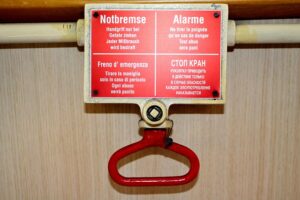Canonical URLs are essential Technical SEO tools to address duplicate content issues, guiding search engines to preferred page versions and concentrating link equity. By identifying and selecting primary pages, implementing `<link rel="canonical">` tags, and regularly auditing setup using tools like Google Search Console, website owners enhance SEO performance and ensure search engines accurately index their sites.
In the dynamic landscape of digital marketing, effective Technical SEO strategies are paramount to boosting online visibility. One such powerful tool is canonical URL setup, a process that streamlines search engine indexing by indicating preferred web pages. This article delves into the intricacies of canonical URLs, exploring their definition, benefits for Technical SEO, and best practices for implementation. By understanding duplicating content sources and following a step-by-step guide, you can optimize your website’s structure, ensuring search engines attribute value where it’s due.
Understanding Canonical URLs: Definition and Purpose
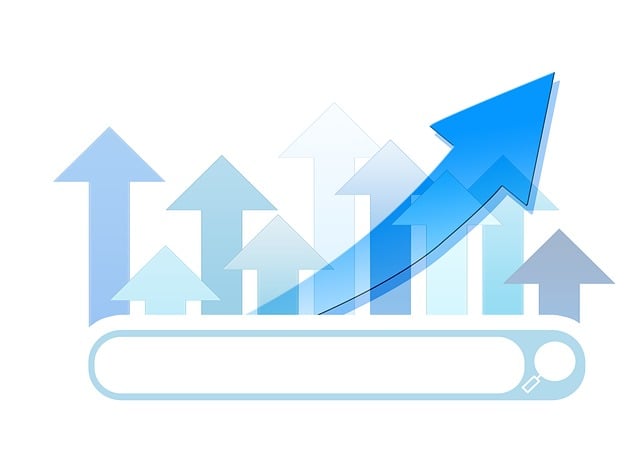
A canonical URL, also known as a canonical link or simply canonical, is an essential concept in Technical SEO. It represents a specific version of a web page that search engines should consider as the “master” or primary version for indexing and ranking purposes. The purpose of canonical URLs is to address duplicate content issues, which can arise from various sources like multiple pages with slightly different URLs (URL parameters, for instance) or mirrored sites.
By implementing canonical tags, website owners provide clear guidance to search engines about the preferred version of a page. This helps in consolidating link equity and ensuring that SEO efforts are focused on one particular URL, leading to better ranking performance. In essence, it’s a way to tell search engines, “This is the main page I want you to index and rank.”
Why Canonicalization is Essential for Technical SEO

Canonicalization, or the process of specifying a website’s preferred version, is a fundamental practice in Technical SEO. It ensures search engines understand which URL represents a specific resource, preventing duplicate content issues. This is crucial as search engine algorithms prioritize delivering relevant and unique content to users, and canonical tags help achieve this by directing crawlers to the ‘best’ or ‘main’ URL.
By implementing proper canonicalization, websites can maintain a clean and organized index in search engine results pages (SERPs). This reduces confusion among search engines, minimizes duplicate traffic, and helps focus SEO efforts on a single, authoritative version of each page. As Technical SEO revolves around optimizing website structure and performance for search engines, canonicalization is an essential tool to ensure a site’s content is accurately represented and indexed.
Identifying Duplicating Content Sources

Identifying duplicating content sources is a crucial step in any Technical SEO strategy. Websites often have multiple versions of the same page, whether it’s due to user-generated parameters, dynamic content, or mirror sites. Search engines can get confused when faced with identical or highly similar content, leading to poor indexing and potential ranking penalties.
To avoid this, conduct a thorough audit of your website using tools like Google Search Console or third-party SEO analyzers. These tools will help you uncover duplicate content issues by identifying pages with identical or nearly identical HTML, meta tags, and even text content. Once these sources are identified, implement canonical URLs to signal search engines which version of the page is the preferred one, ensuring your website’s content is accurately represented and indexed.
Implementing Canonical Tags: Step-by-Step Guide
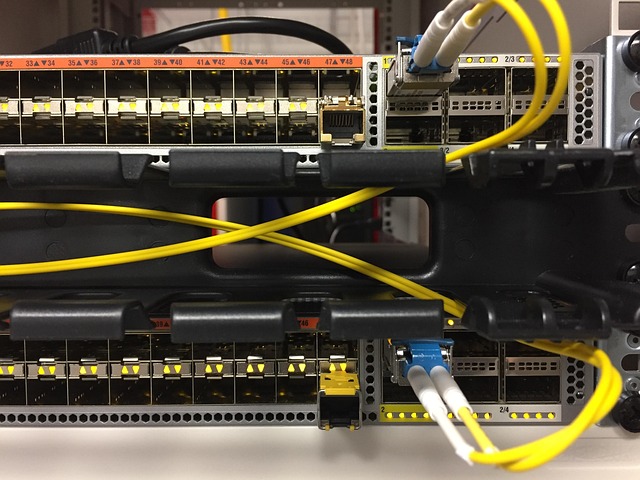
Implementing canonical tags is a crucial step in enhancing your website’s visibility and performance for Technical SEO. These tags help search engines understand which version of a webpage is the preferred, ‘canonical’ one, preventing duplicate content issues. Here’s a simple guide to get you started:
1. Identify Duplicate Content: Begin by analyzing your site for identical or highly similar pages. This could be due to URL parameters, different domain versions (e.g., www vs non-www), or dynamic content.
2. Choose the Canonical Version: Select the most complete and up-to-date version of the page as the canonical one. Ensure it has all the necessary information and is the preferred source for search engines.
3. Add the Canonical Tag: Within the “ section of the chosen webpage’s HTML code, insert the following tag: “. Replace ‘https://example.com/preferred-page-url’ with your actual canonical URL.
4. Test and Verify: After implementation, use tools like Google Search Console or browser developer tools to ensure the tags are set correctly and properly communicated to search engines.
Best Practices for Effective Canonical URL Setup
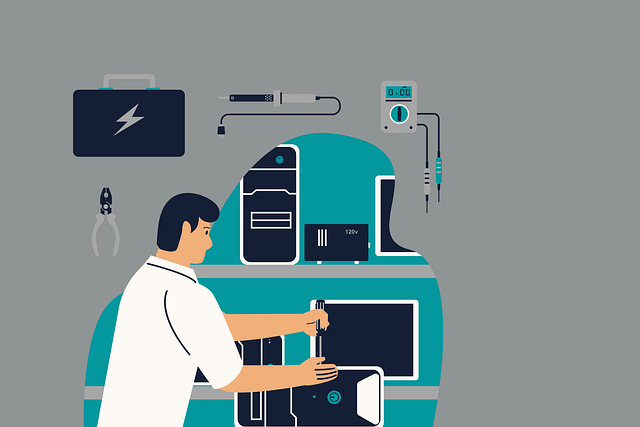
Implementing a robust canonical URL setup is a critical aspect of Technical SEO, ensuring search engines correctly interpret and index web pages. When setting up canonical URLs, it’s essential to maintain a structured and consistent approach. Start by identifying the primary version of each page, typically the most comprehensive or authoritative one. This main canonical URL should be linked from all other variations, such as `www` vs non-`www`, HTTPS vs HTTP, or different language versions. Consistency is key; ensuring every page’s canonical link points to its unique, desired representation.
Additionally, use relative URLs for canonicals where possible, making it easier to update and manage. Regularly audit your site’s canonical setup to catch any discrepancies or broken links. Search engines appreciate a well-organized website, and an effective canonical strategy contributes to a smoother indexing process, ultimately enhancing your site’s visibility and performance in search results.
Monitoring and Maintenance: Keeping URLs Canonical
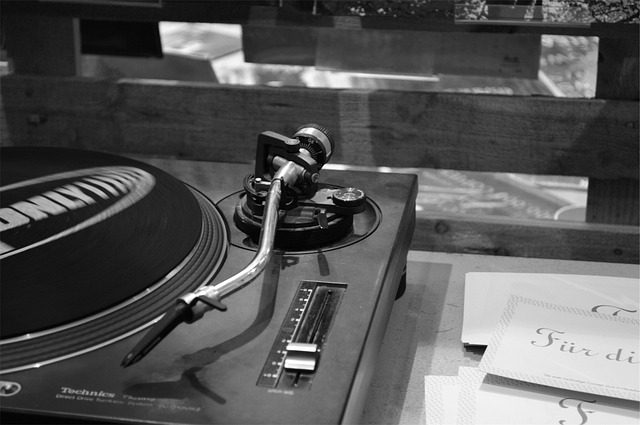
Monitoring and maintaining a canonical URL setup is an integral part of robust Technical SEO strategies. Regularly checking for any discrepancies or broken links is essential to ensure the integrity of your site’s structure. This process involves utilizing tools that track changes in URLs, identify duplicate content, and provide insights into how search engines perceive your site. By staying proactive, you can quickly address issues like 301 redirects not functioning as intended, canonical tags being overlooked by search crawlers, or new pages slipping through the cracks without proper indexing.
Investing time in monitoring and maintenance ensures that your canonical setup remains effective, helping to mitigate potential ranking issues down the line. Regular audits allow you to make data-driven decisions about URL changes, redirect strategies, and content updates, all of which contribute to a seamless user experience and strong Technical SEO performance.
